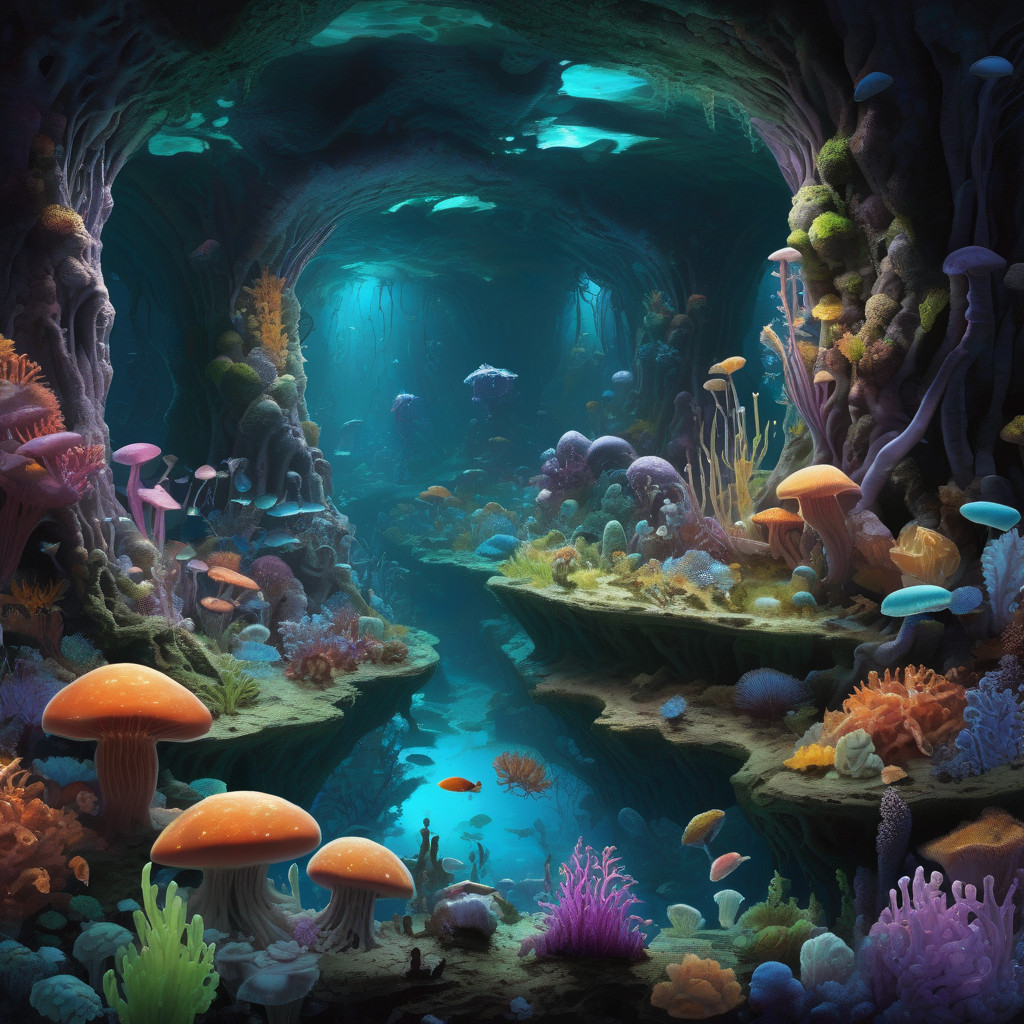Exploring the Depths: Life Thrives in the Subsurface of Earth
When we think of life on Earth, our minds often drift to the vast oceans or the lush landscapes above ground. However, a hidden world exists beneath our feet, teeming with diverse and resilient organisms. The subsurface depths of the Earth harbor a remarkable array of life forms, showcasing nature’s adaptability and tenacity.
Under the oceans, unique species have evolved to thrive in extreme conditions such as hydrothermal vents and deep-sea trenches. These environments, characterized by high pressure, darkness, and lack of sunlight, host organisms like tube worms, giant clams, and deep-sea fish. These creatures have developed specialized adaptations to survive in these harsh habitats, relying on chemosynthesis rather than photosynthesis for energy.
On the other hand, life beneath the land presents its own set of challenges and opportunities for organisms. Subsurface ecosystems can be found in soil, caves, and even miles below the Earth’s surface. Microscopic bacteria, fungi, and archaea dominate these environments, playing crucial roles in nutrient cycling, decomposition, and soil health. These organisms have adapted to low oxygen levels, high temperatures, and limited resources, demonstrating the remarkable diversity of life on Earth.
One of the most fascinating aspects of subsurface life is its potential implications for astrobiology and the search for extraterrestrial life. Studying organisms that thrive in extreme environments on Earth can provide valuable insights into the possibility of life on other planets, moons, or celestial bodies. By understanding how life persists in the subsurface depths of our own planet, scientists can better inform their search for life beyond Earth.
In recent years, advancements in technology have allowed researchers to delve deeper into the subsurface than ever before. High-tech instruments, such as DNA sequencing tools and deep-sea submersibles, have revolutionized our understanding of these hidden ecosystems. By studying the genetic makeup of subsurface organisms and exploring their habitats firsthand, scientists can uncover new species, metabolic pathways, and ecological interactions.
As we continue to uncover the mysteries of the subsurface world, it becomes clear that life on Earth is far more diverse and resilient than we ever imagined. From the darkest ocean depths to the depths of the Earth’s crust, organisms have evolved remarkable strategies to survive and thrive in extreme conditions. By studying these hidden ecosystems, we not only expand our knowledge of life on Earth but also open new doors to the exploration of life beyond our planet.
In conclusion, the subsurface depths of the Earth are a thriving hub of biodiversity and scientific discovery. Different species have carved out unique niches beneath the oceans and under the land, showcasing the ingenuity and adaptability of life on our planet. As we uncover more about these hidden ecosystems, we gain a deeper appreciation for the interconnected web of life that sustains us all.

